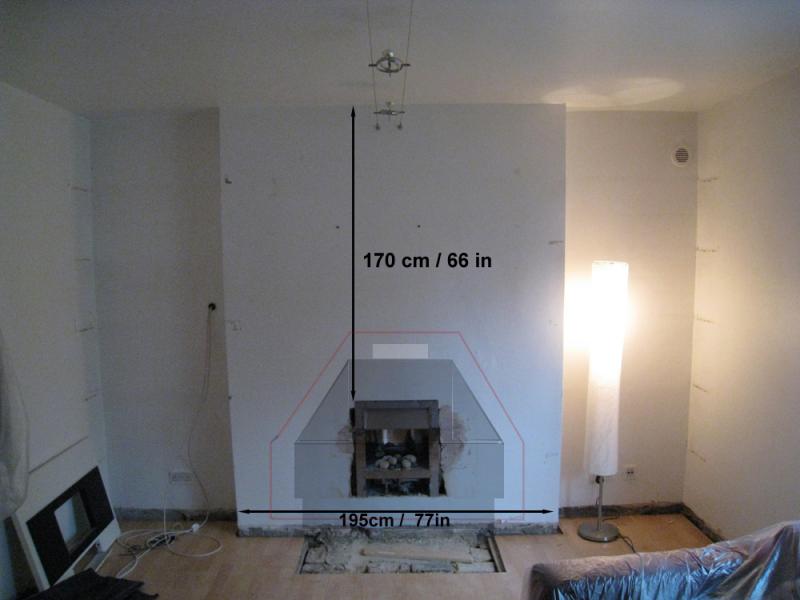A
attractivebrunette
I'm having a large hole in the wall fire installed. Several fitters have insisted I need a flue liner costing £1,000. Several others have insisted I don't need one.
All these fitters are supposed 'experts' with years of experience fitting fires. They can't both be right.
So, those that are insisting I need a flue-liner...are they doing so because they know it's unnecessary but they simply want the extra work? Or is it because I genuinely need one?
And those that are insisting I dont need a liner...are they doing so because they secretly know I really need one but that if they quote an extra £1,000 for the liner that I'll simply choose someone who insists I don't need one, because their quote will be much cheaper.
Help!!!!
All these fitters are supposed 'experts' with years of experience fitting fires. They can't both be right.
So, those that are insisting I need a flue-liner...are they doing so because they know it's unnecessary but they simply want the extra work? Or is it because I genuinely need one?
And those that are insisting I dont need a liner...are they doing so because they secretly know I really need one but that if they quote an extra £1,000 for the liner that I'll simply choose someone who insists I don't need one, because their quote will be much cheaper.
Help!!!!



